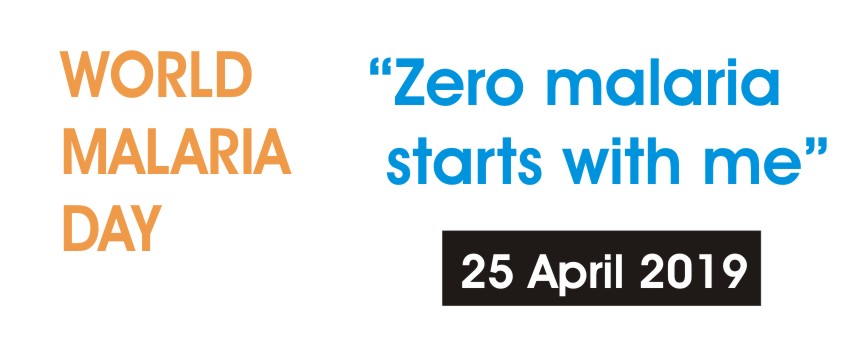“Zero malaria” campaign

Malaria is caused by Plasmodium parasites. The parasites are spread to people through the bites of infected female Anopheles mosquitoes, called “malaria vectors.”
There are 5 parasite species that cause malaria in humans, and 2 of these species –
P. falciparum and
P. vivax – pose the greatest threat.
According to WHO’s latest World malaria report, no significant improvements were made in reducing malaria cases in the period 2015 to 2017.
In year 2017 about 435 000 deaths reported due to malaria. This scenario unchanged compare to last year. African Region continues to be most affected by malaria. 10 African countries hardest hit by malaria, which is estimated 3.5 million more cases of the disease in 2017 over the previous year.
- Global tally of new malaria cases exceeds 200 million.
- Every 2 minutes, a child dies from this preventable and treatable disease.
- Malaria is a life-threatening disease caused by parasites that are transmitted to people through the bites of infected female Anopheles mosquitoes.
- Malaria is is preventable and curable.
- In 2017, there were an estimated 219 million cases of malaria in 87 countries.
- The estimated number of malaria deaths stood at 435 000 in 2017.
- African Region carries a disproportionately high share of the global malaria burden.
Ref:
https://www.who.int/campaigns/world-malaria-day/world-malaria-day-2019/about-the-campaign
